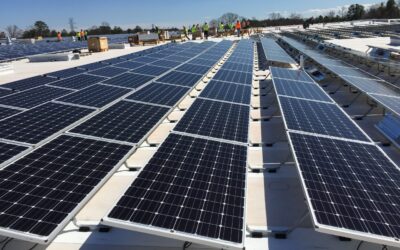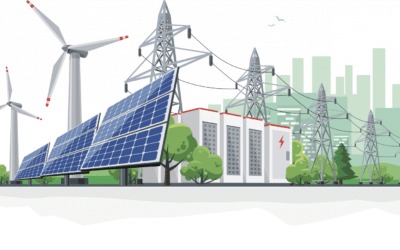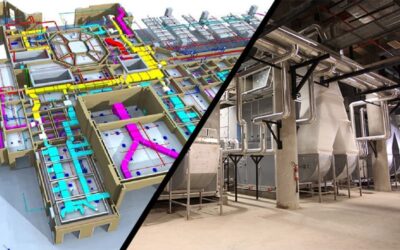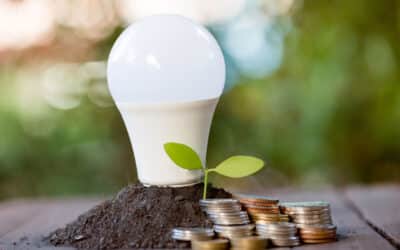Incorporating sustainability into your commercial construction project isn’t just about being environmentally conscious; it can also enhance the services you provide to your clients. But where do you begin, and how can Mechanical, Electrical, and Plumbing (MEP) Engineering Designers assist you in this journey?
Understanding Sustainability in Design
Sustainable design in architecture encompasses various aspects of your project, including building materials, construction methods, and design choices. By carefully considering these factors, you not only contribute to preserving natural resources but also reduce energy consumption significantly, benefiting both the environment and your business.
However, clients often require guidance on incorporating sustainability into their projects. Questions like the feasibility of using solar panels or choosing eco-friendly materials tailored to the region’s specific needs can arise during client discussions. These questions can serve as valuable touchpoints to ensure sustainability is integrated into every facet of your commercial construction project.
Key Considerations for Sustainable Commercial Construction
- Minimizing Environmental Impact: Collaboration with property owners to set sustainability goals, like energy savings percentages and material choices, is crucial. While eco-friendly materials can sometimes have higher upfront costs, the long-term benefits in terms of job creation, waste reduction, and environmental sustainability outweigh the initial expenses. Additionally, governments often provide incentives for sustainable building practices, such as tax breaks and grants.
- Using Renewable Resources: Seeking naturally replenishable resources is essential. Whether through recycling or opting for materials like steel over wood or concrete, making eco-friendly choices that align with your locale’s conditions is vital.
- Incorporating Green Infrastructure: The Water Infrastructure Improvement Act has opened doors for more efficient stormwater runoff management. Including green infrastructure elements, like parks, gardens, and rain barrels, can enhance water and soil quality. An MEP Engineer’s expertise in city codes can help leverage exterior water runoff effectively.
- Enhancing Energy Efficiency: Prioritizing energy-efficient systems, such as LED lighting and double-paned or triple-paned windows, is essential. Exploring alternative energy sources like wind and solar power can further boost energy efficiency based on the building’s size, location, and budget.
- Optimizing Water Use: Minimizing water use with low-flow plumbing fixtures and compliance with city regulations on stormwater runoff can significantly contribute to eco-friendly design.
Sustainable Design: The Role of MEP Engineers
Sustainable design requires meticulous planning, in-depth inquiries, and a dedication to reducing environmental impact. MEP engineers play a vital role throughout the process, ensuring the proper placement of plumbing and ductwork, adherence to safety and energy codes, and cost-efficient solutions. They help ensure everyone’s safety and contribute to cost and time savings.
At JP Harvey, we prioritize sustainability in our MEP designs, incorporating alternative energy sources, water conservation, and recycling. With over 25 years of experience, our qualified experts can be your partners in creating sustainable commercial construction plans that elevate your client offerings.
Contact us today to discover how we can assist you with your mechanical, electrical, and plumbing design needs!

![energy-efficienct-building-graphic[1]](https://jphes.com/wp-content/uploads/2023/09/energy-efficienct-building-graphic1.webp)






0 Comments